In Tucson, late February brings a beloved tradition: Rodeo Break, with schools closing their doors for two days. While most students nationwide only receive days off for federal holidays, this extended weekend is nothing out of the ordinary for those born and raised in Tucson.
Officially referred to as “La Fiesta de los Vaqueros” (The Party of the Cowboys), the rodeo began in February 1925. It began as a way for the people of Tucson to come together and celebrate their town’s culture, while also attracting visitors during the cold winter months. The event was quickly considered a local holiday, with establishments such as the University of Arizona agreeing to shut its doors for a couple of days so residents could participate in the events.
The rodeo attracted visitors to Tucson, and the number of attendees has continued to grow over the years. This festival was so successful that within the first seven years of hosting, it had to be relocated to a larger venue with 3,000 seats. Shortly after that, it was moved to the arena now known as the Tucson Rodeo Grounds, which has a capacity of up to 11,000 people.
Many students from ranching families participated in the rodeo, which allowed them to celebrate their Western heritage while competing for prizes totaling a couple of thousand dollars. Over time, so many students began to miss school due to participating in rodeo events that it became an official school holiday.
Now, the Tucson Rodeo is over a week-long event. Over 650 contestants enlist, coming from all over the United States and Canada to compete for more than $460,000 in award money. Popular events include bull riding, barrel racing, bareback and saddle bronc riding, steer wrestling, tie-down roping, and team roping. Kids are also able to participate in events, making it a fun time for everybody. Today, it is ranked as the number-one outdoor event in the Professional Rodeo Cowboys Association schedule, along with being among the top 25 rodeo events in North America.
A key highlight of the rodeo is the Rodeo Parade. This year marks the 100th anniversary of both the rodeo and the Rodeo Parade, making it an anticipated extravagant event. There will be over 130 entries, featuring 500 horses, 85 wagons, 11 marching bands, and around 2,300 participants in total, making it one for the books! Included in the parade will be local and national dignitaries, Native American tribal leaders, historical wagons, colorful floats, mariachis, rodeo royalty, and working cowboys. Tucson’s Rodeo Parade is the largest non-motorized parade in the United States.
In addition to being culturally significant and uniting people, the Tucson Rodeo and the Rodeo Parade provide a substantial economic boost for the city. Thousands of people come to watch, and it generates about $14 million in revenue.
Rodeo Break may seem unusual to outsiders, but for Tucson residents, it serves as a proud reminder of the city’s history and continues to embody Western heritage.

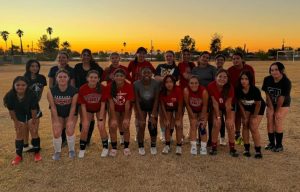
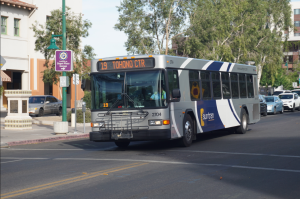

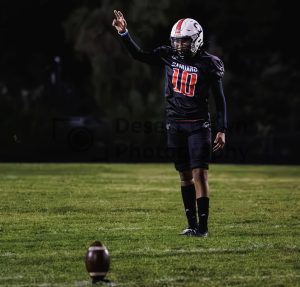
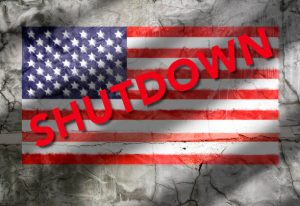
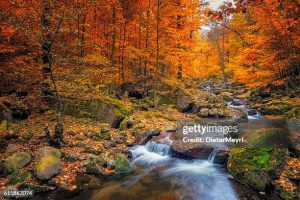
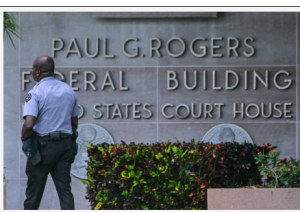
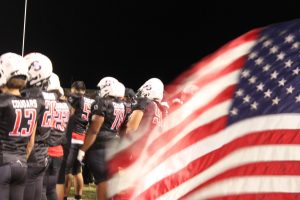
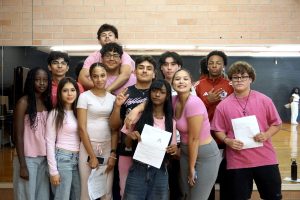
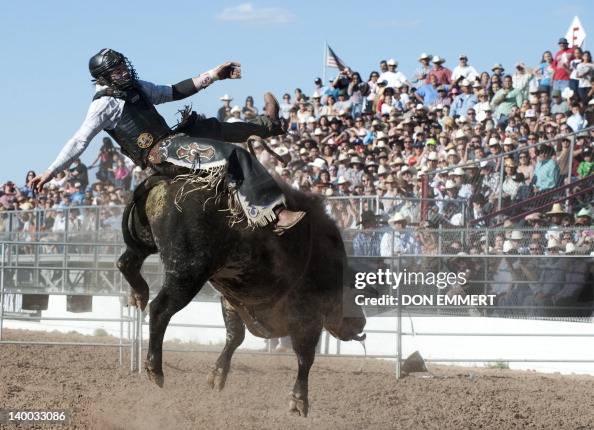
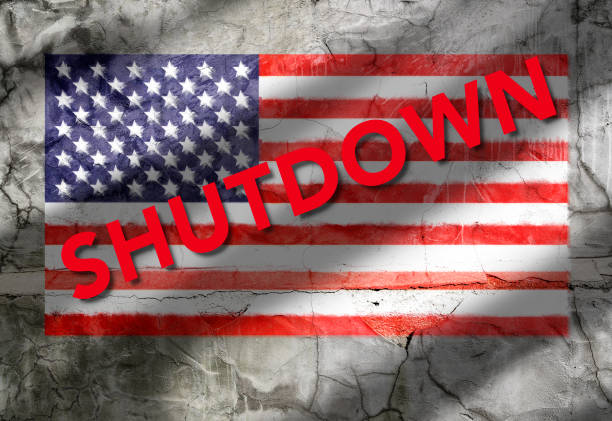
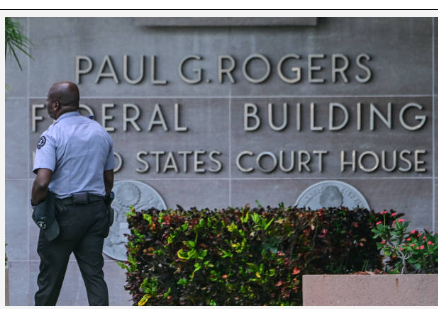
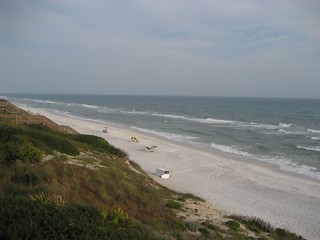

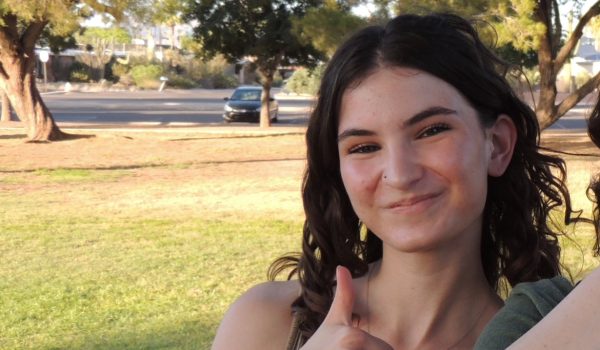
Penny Lowe • Feb 20, 2025 at 12:37 pm
When I was in grade school at Sunnyside School on Valencia/Old Nogales Hiway in late 40’s – early 50’s, we got only Thursday off for the parade. We had to return to class on Friday. Students participating in Rodeo events were excused for both days. Not sure of the year, but it was finally approved for both days to be holidays for everyone since attendance was very low on Friday.